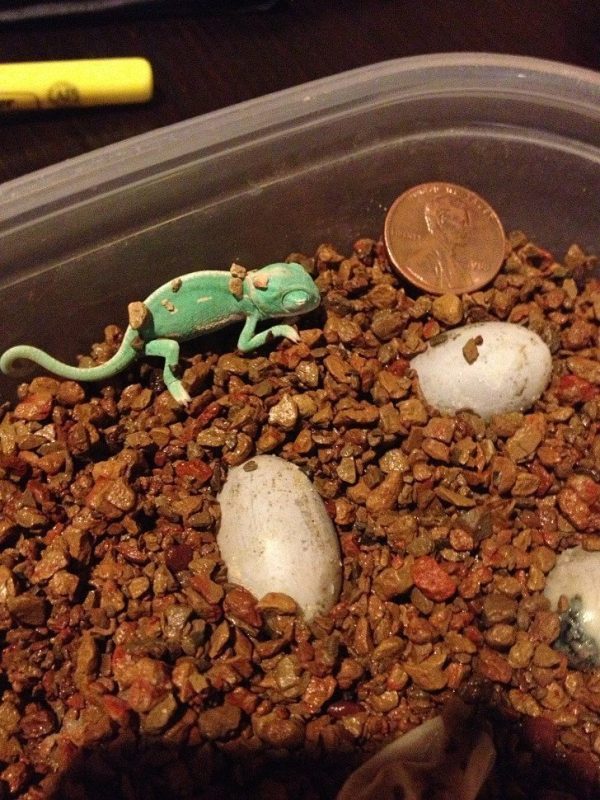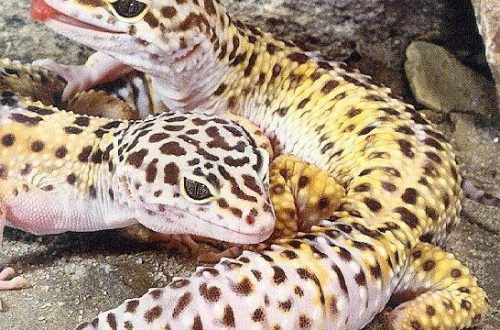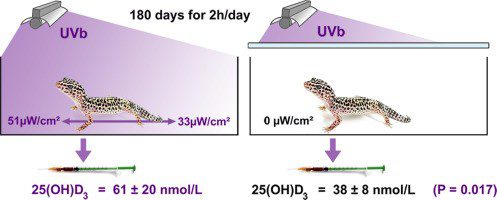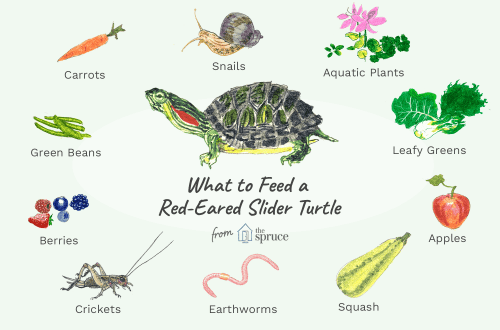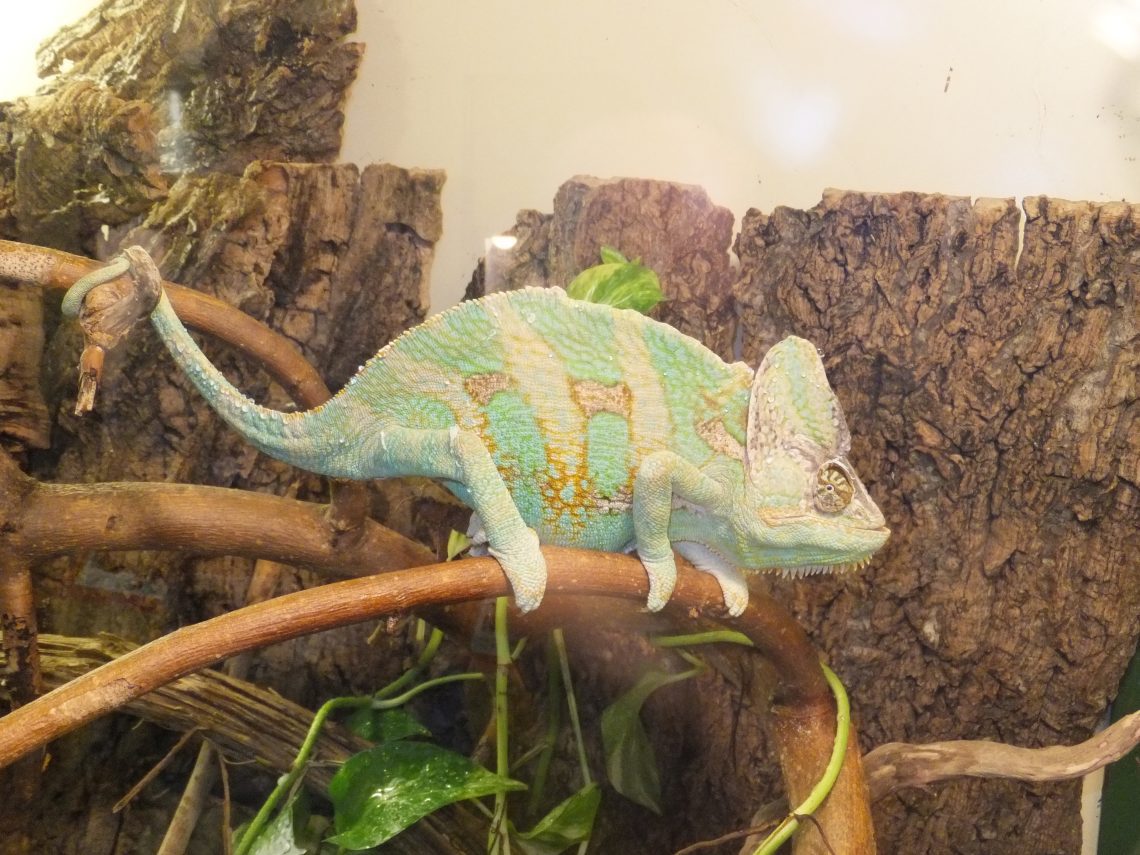
Chameleon calyptatus (Yemeni chameleon)
This time we will tell you about one of the most popular types of chameleons for keeping at home – the Yemeni chameleon. These beautiful large animals with bright colors and unusual appearance are suitable for both beginners and advanced terrarium keepers.
Areal
The Yemeni chameleon lives in the state of Yemen on the Arabian Peninsula, which is why it was named so. There are two subspecies: calyptatus and calcarifer. The first lives in the northern and mountainous part. It is mainly found at altitudes up to 3500 meters above sea level. There is a dry and temperate climate, to which calyptatus has adapted, during the day the temperature reaches 25-30C, at night it drops by only a couple of degrees. The second subspecies lives in the eastern part of Saudi Arabia, where the climate is hotter and drier. Calcarifer differ from caluptatus in size and richness of color. “Mountain” chameleons are larger and brighter colored than their “eastern” counterparts.
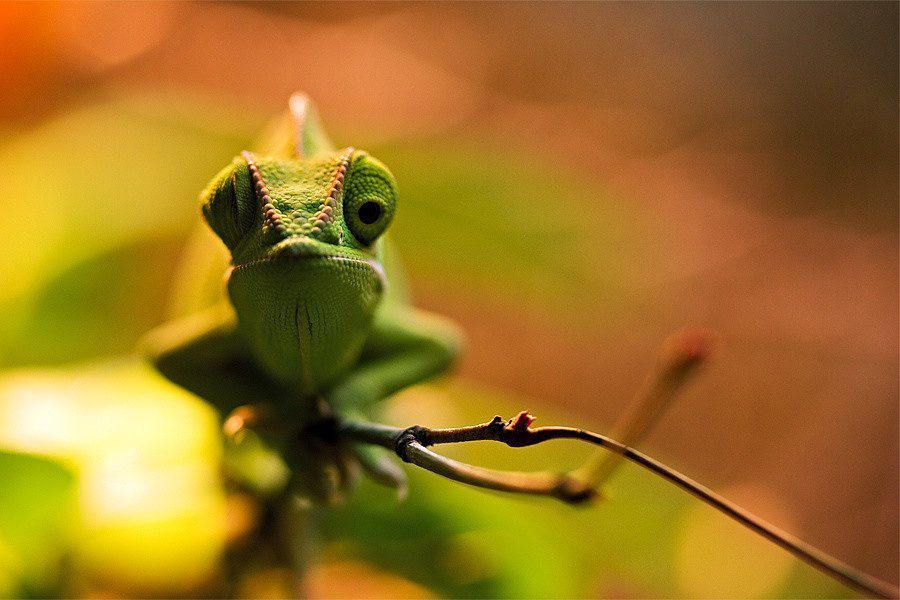
Description
The Yemeni chameleon is one of the largest representatives of its family. The males of this species are very large and beautiful – up to 60 cm long, with a beautiful changeable color, plus a high “helmet” with a crest on the head. Nature also rewarded the males of this species with a tenacious tail and the so-called “spurs” – small triangular protrusions located just above the foot. Females are less noticeable, their crest is only marked, and they are inferior in size to males. But their coloring is no less attractive than that of the males.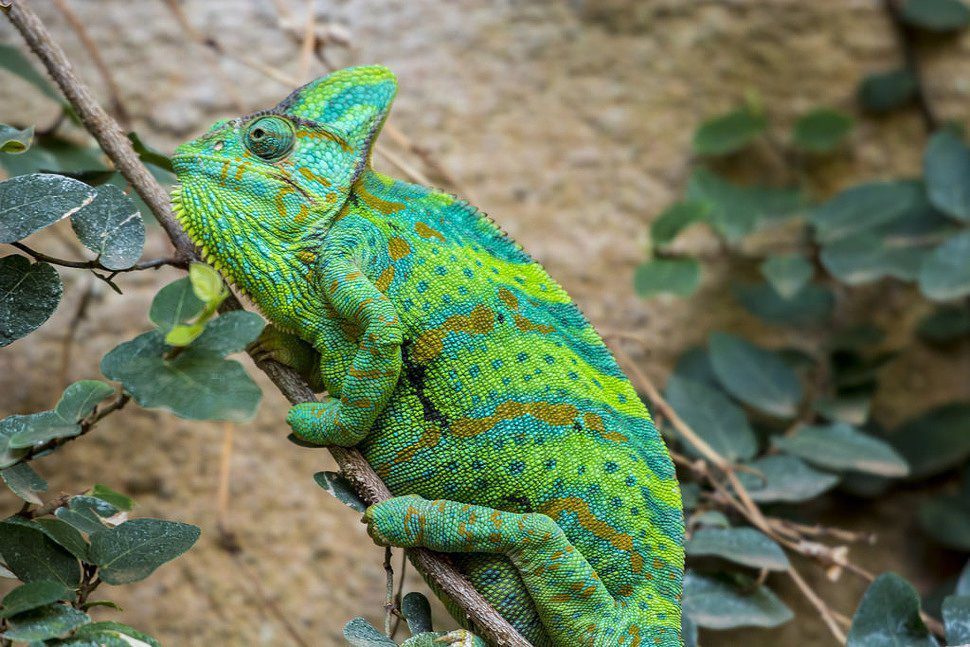
Choosing a Healthy Chameleon
The most important rule when buying a chameleon is not to take a sick animal. Even if it’s a pity. The chance to raise a sick animal is small, but the treatment will be very difficult and costly. Where is the best place to buy? It is best to take in a pet store, from a refusenik or a breeder. If you’re buying from a pet store, find out if the chameleon was born in captivity. So you get a healthy animal without any parasites, and do not support smuggling and poaching. How to identify a healthy chameleon? First, check your eyes. In a healthy individual, they are open all day and constantly moving. If a chameleon has sunken eyes, it is most likely dehydrated. Now limbs. In a healthy chameleon, the limbs are straight and even. If the chameleon has problems with movement and / or saber-shaped limbs, then he has a lack of calcium. The color of a chameleon is also a good indicator of health. If the color is too dark or gray, then the animal is sick or kept in too cool conditions. Don’t forget to check the chameleon’s mouth. There should be no sores, which are usually yellowish green in color.
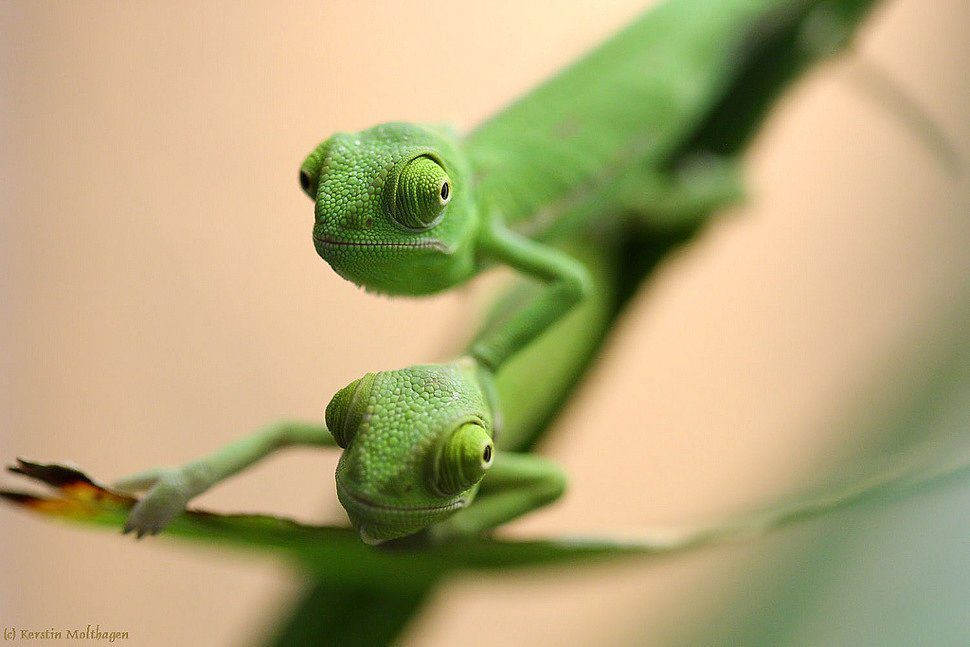
Content in captivity
To keep this species, you will need a vertical type terrarium. For one individual, 60x40x80 cm is enough. If you are going to keep several females, then you will need a larger terrarium, and if you plan to breed, you will need several separate ones and an incubator to boot.
So, the terrarium should have good ventilation. It can be provided by two ventilation holes: one on the “ceiling” and the other at the bottom of the front wall. Lighting, which can be provided by incandescent lamps and UV (ultraviolet), is very important. They can be replaced by a sunlight lamp, which both heats and emits ultraviolet (and it needs to be changed much less often than simple UV). The temperature at the heating point should be 29-31C, background / day 27-29C, and night about 24C. For decor, various branches are suitable that can withstand the weight of a chameleon.
The basis of the diet of Yemeni chameleons are crickets and locusts. Adults can eat plant foods such as lettuce, dandelions, and some vegetables and fruits. Also, males can be given a mouse (naked) once every 3 weeks, and females can be pleased with small lizards. In nature, chameleons do not drink standing water, but lick dew or rain drops from plant leaves. Therefore, at home, it is necessary to spray the terrarium once a day, or use a fog generator or install a waterfall. You can water the chameleon once every 2-3 days with a pipette to make sure he gets enough moisture.
It is worth saying that two males get along very poorly in the same terrarium. They will often fight for territory, which can lead to disastrous consequences. But one male will get along well with several females.
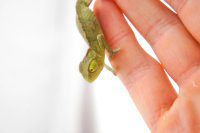
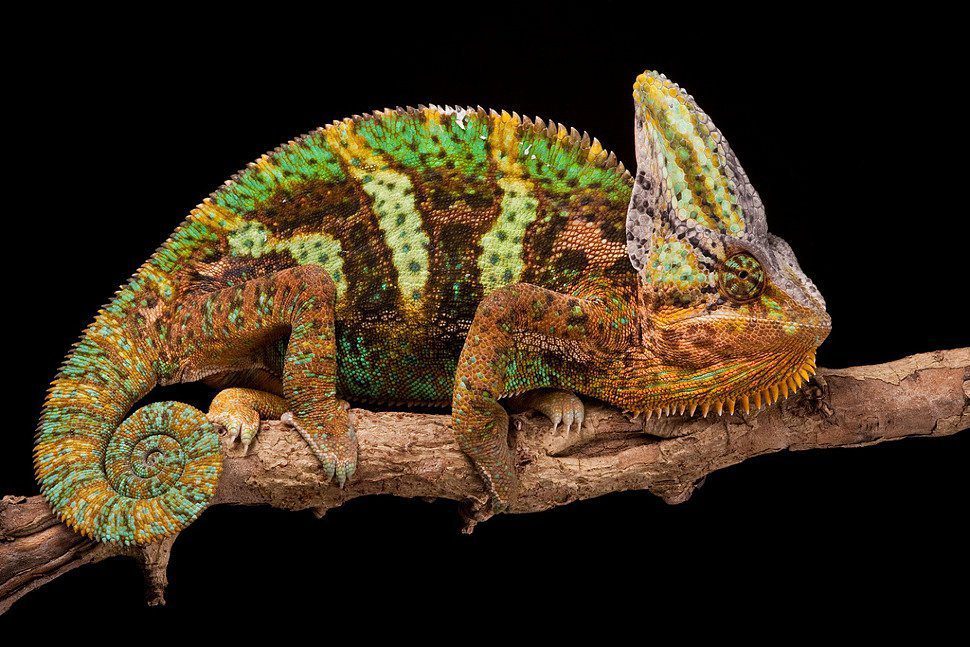
Reproduction
This type of chameleon is fairly easy to breed in captivity. During the mating season, males are painted in different colors and thereby attract females. The courtship is rather rough: the male strikes the head and body of the female with nods. Such courtship and subsequent mating take about a day. After mating, the females turn dark green, sometimes almost black with bright yellow round spots all over the body, and also become quite aggressive and do not allow males to approach them.
During pregnancy, which lasts a little more than a month, the female needs to be watered every day with a pipette so that she gets enough moisture. After about a week, the female begins to look for a suitable place to lay her eggs. Then a container (40×20 cm) with moist vermiculite (at least 15 cm deep) is placed in the terrarium. In it, the female digs a tunnel in which she will lay up to 100 eggs. After laying the eggs, you need to move them to an incubator – a small aquarium, with vermiculite – and spread them at a distance of 1 cm from each other. It is necessary to very carefully transfer the eggs to the incubator, do not twist or turn them over, and put them on the same side as the female laid them. Daytime temperature should be 28-29C, and night 20-22C. Small chameleons will hatch in 4-9 months, after which they are transplanted 6-7 pieces into a small terrarium. By 3 months, males must be seated.
